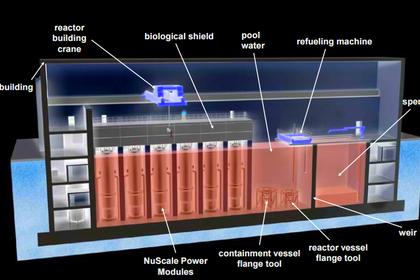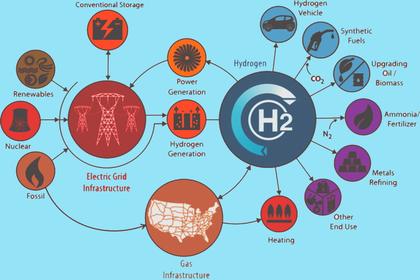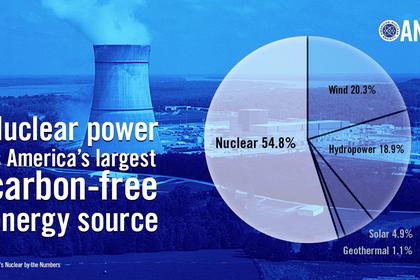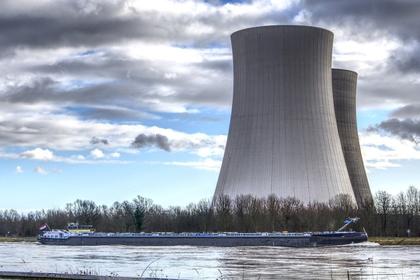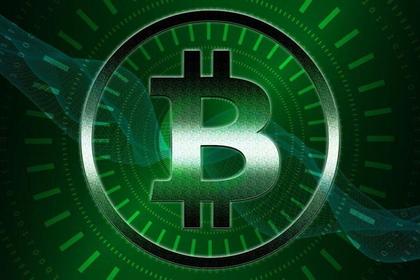
U.S. MOON NUCLEAR
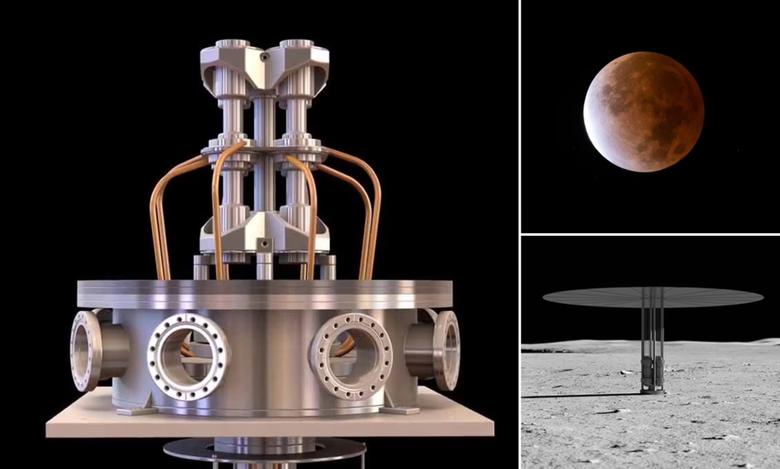
WNN - 22 November 2021 - The US National Aeronautics and Space Administration (NASA) is seeking proposals from nuclear and space industry leaders to develop innovative technologies for a fission surface power (FSP) system for lunar power applications. It hopes to deploy such a system by 2030.
The FSP project is sponsored by NASA in collaboration with the Department of Energy (DOE) and Idaho National Laboratory (INL) to establish a durable, high-power, sun-independent power source for NASA missions on the moon by the end of the decade, as well as potential subsequent missions. The proposal request targets the initial system design.
The Request for Proposals (RFP) - published on 19 November - calls for ideas for a flight-ready small fission reactor powered by low-enriched uranium. The FSP should be able to provide 40 kWe of continuous power for at least 10 years in the lunar environment. It must fit within a 4-metre-diameter cylinder, 6 metres in length in the stowed launch configuration, and weigh less than 6000 kilograms. It should also be able to switch itself on and off without human assistance. The FSP should be able to operate from the deck of a lunar lander or to be removed from the lander, placed on a mobile system and transported to another lunar site for operation.
Proposals are due by 19 February 2022. The total maximum price for individual contract awards supporting the base scope effort resulting from this RFP is USD5 million.
Battelle Energy Alliance, which manages INL on behalf of the DOE's Office of Nuclear Energy, said a draft of the RFP released in December 2020 has received significant interest from industry.
"The feedback and enthusiasm we continue to see for space nuclear power systems has been very exciting, and understandably so," said Sebastian Corbisiero, the Fission Surface Power Project lead at INL. "Providing a reliable, high-power system on the moon is a vital next step in human space exploration, and achieving it is within our grasp."
"Plentiful energy will be key to future space exploration," added Jim Reuter, associate administrator for NASA's Space Technology Mission Directorate in Washington, DC, which funds NASA's fission surface power project. "I expect fission surface power systems to greatly benefit our plans for power architectures for the moon and Mars and even drive innovation for uses here on Earth."
NASA's fission surface power project expands on the efforts of the agency's Kilopower project, which ended in 2018. It said a future lunar demonstration will pave the way for sustainable operations and even base camps on the Moon and Mars.
Kilopower is a small, lightweight fission power system developed at the DOE's National Nuclear Security Administration (NNSA) laboratory in partnership with NASA. The system was successfully demonstrated in the Kilopower Reactor Using Stirling Technology (KRUSTY) experiment, which was conducted at the NNSA's Nevada National Security Site from November 2017 to March 2018. KRUSTY used high-enriched uranium powering a heatpipe system and Stirling engine to generate electricity.
-----
Earlier:
